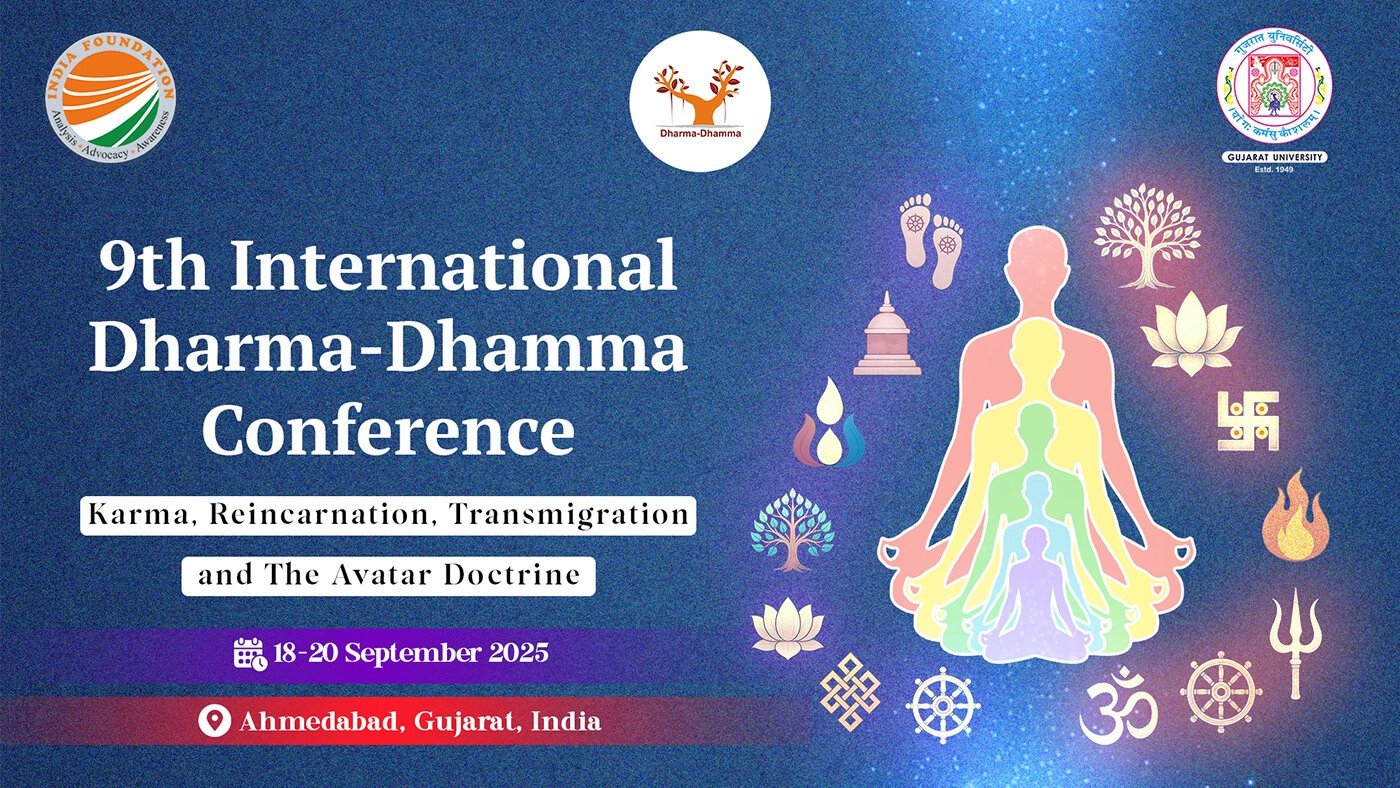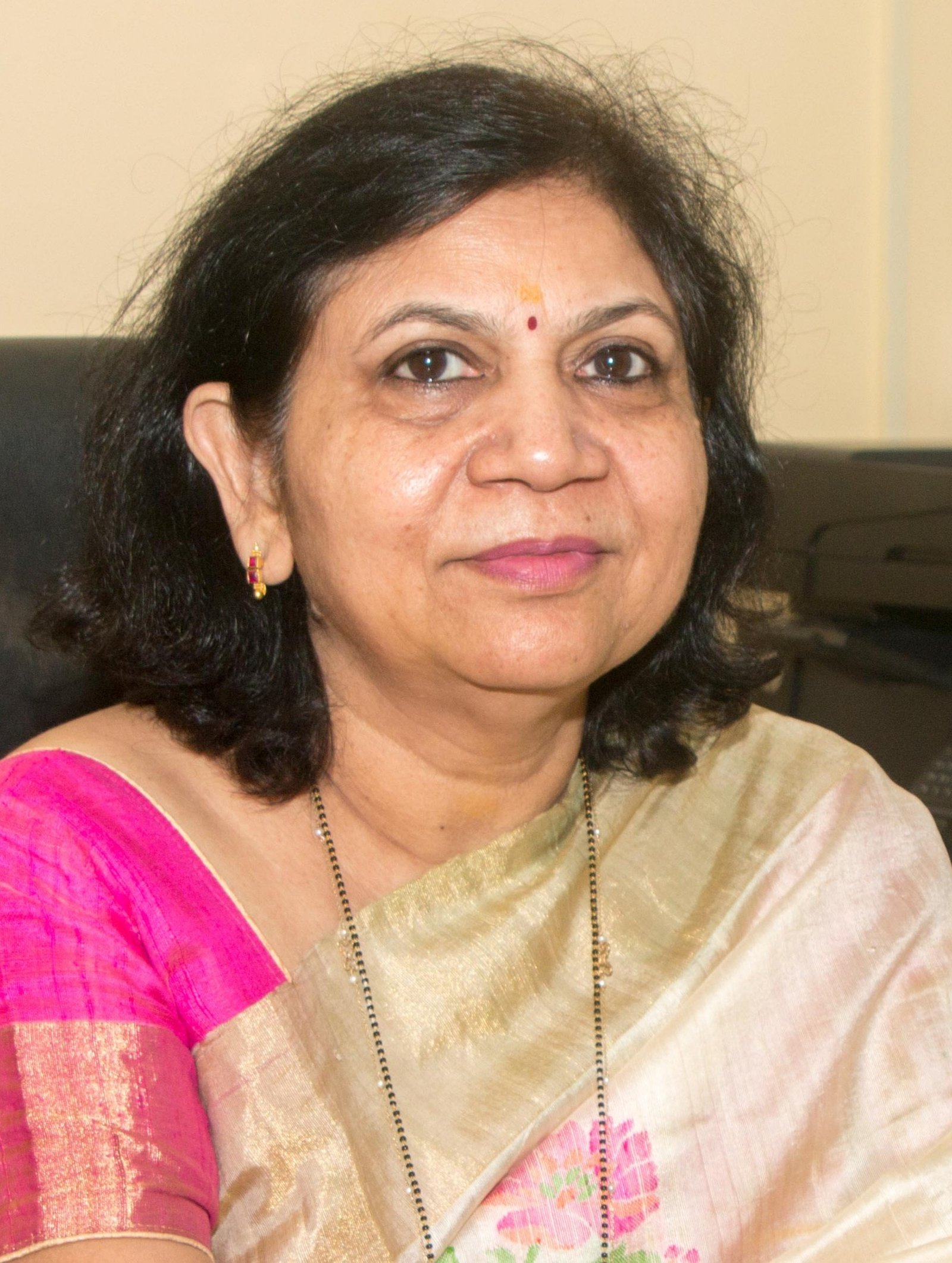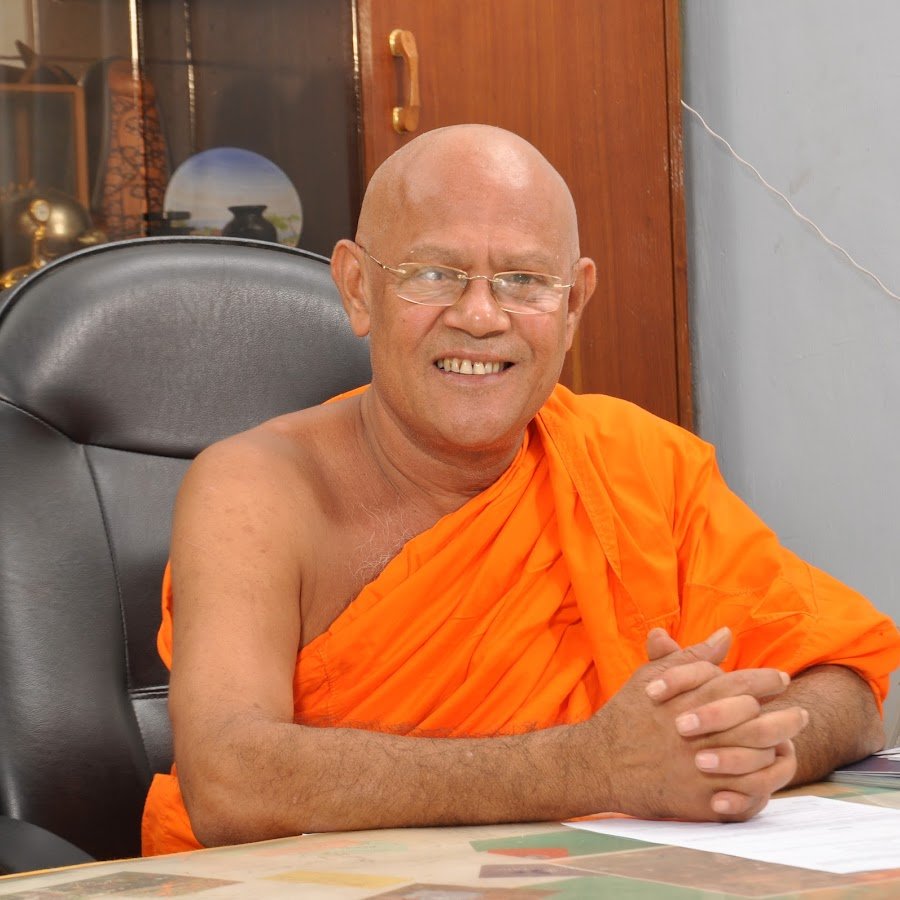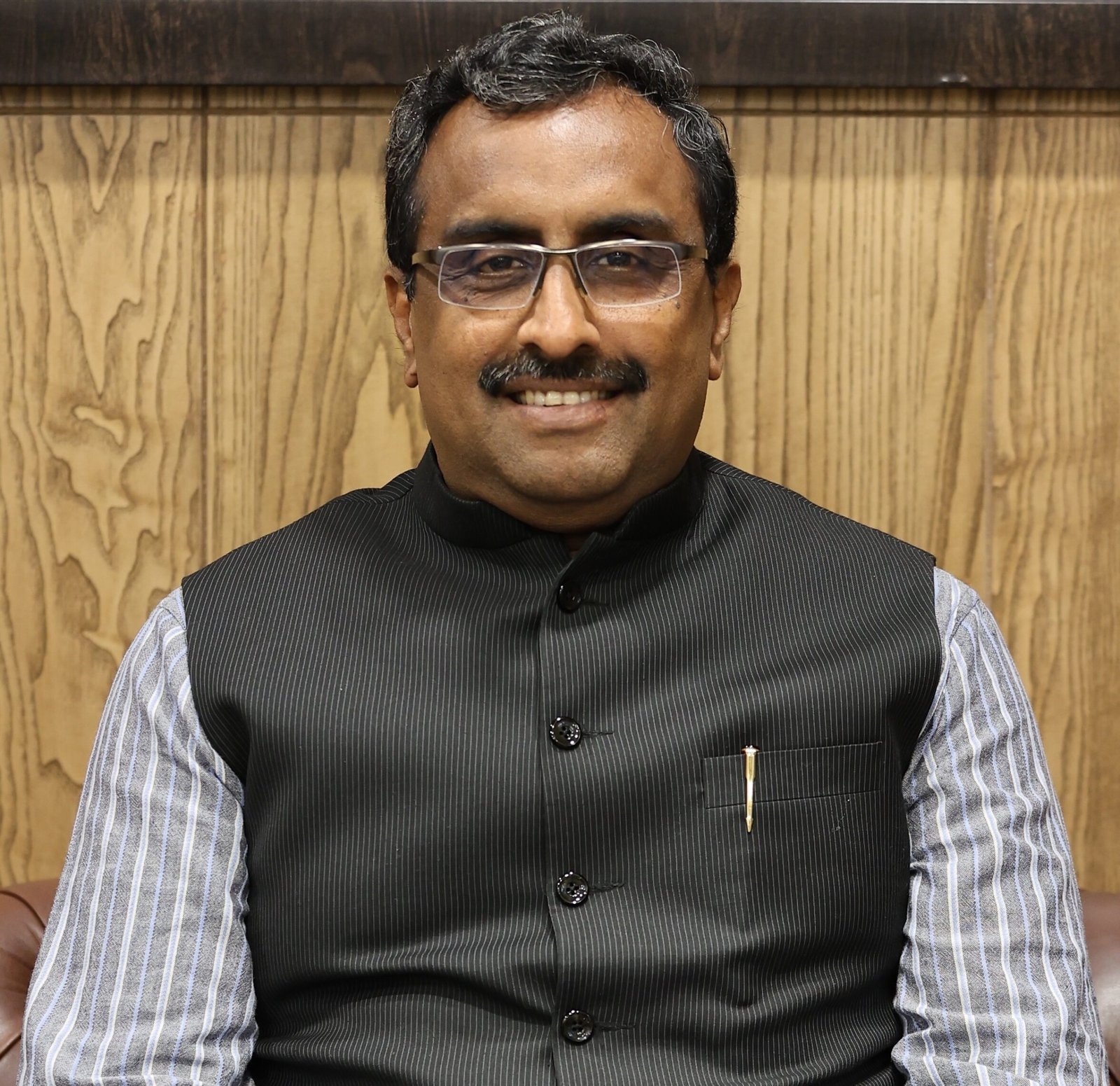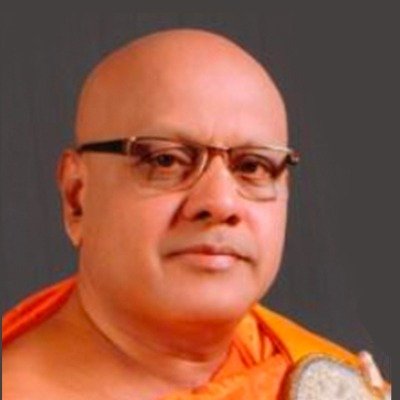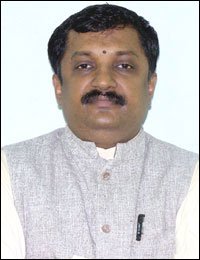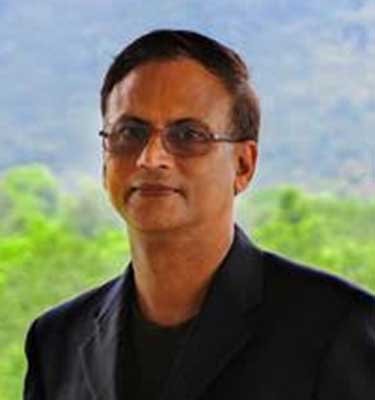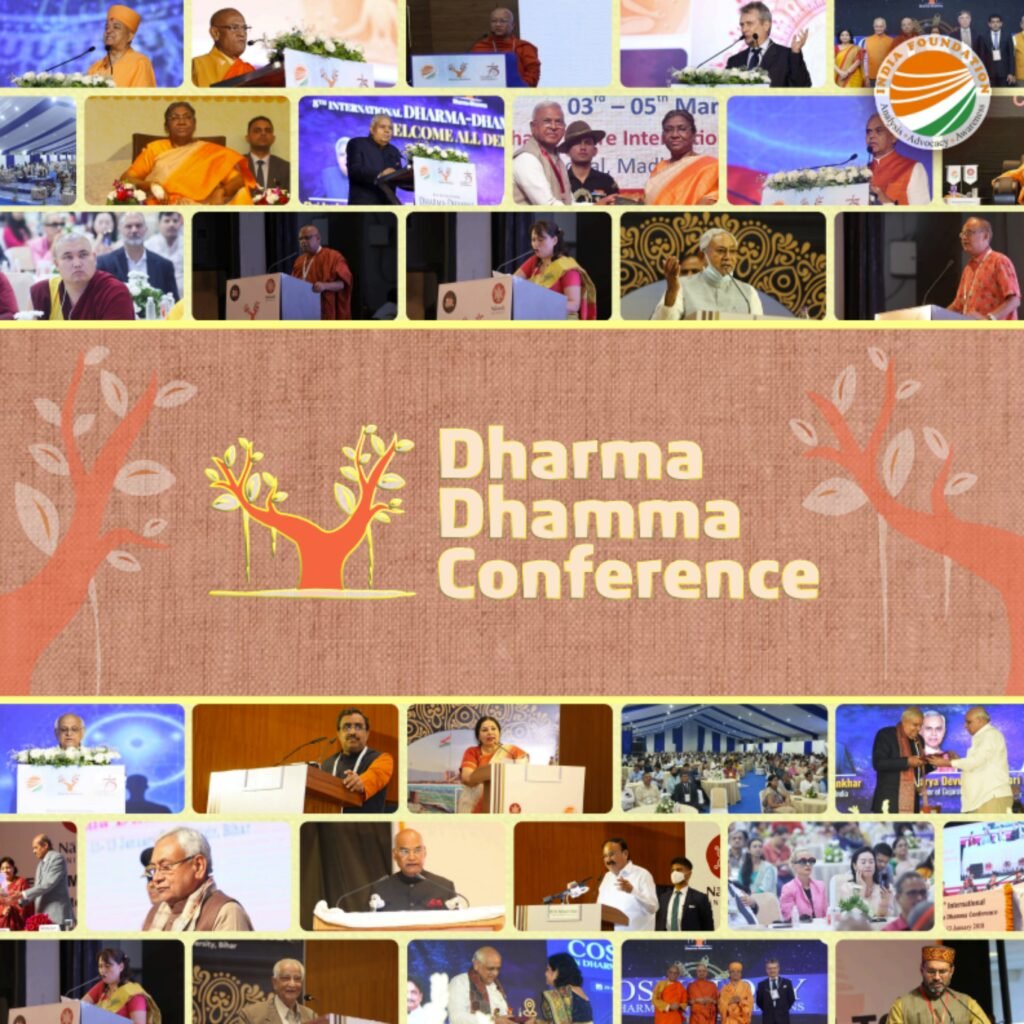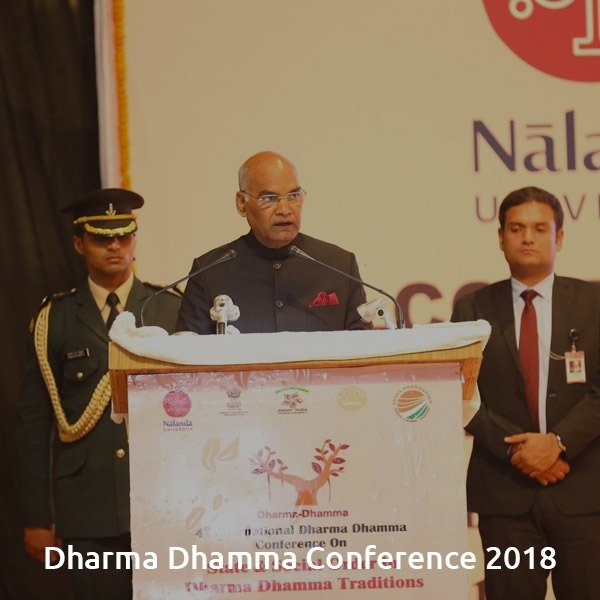For Dharmic civilisations since time immemorial the belief in reincarnation, tied to the concept of Karma, is central, as a source of constant hope and patient resignation. That this life is not the only one for the spiritual self or soul, but is rather a temporary stage in a very long cycle that gradually takes us upward, towards a higher material, intellectual, and noetic condition, ultimately leading to eternal bliss is certainly the best viaticum all human beings could be gifted with. The alternative, reincarnation, also known in its diverse versions as transmigration or metempsychosis, appears far more attuned to our experience of the natural cycles, with the regular succession of days, nights, seasons, years, and ages that rhythm and measure our terrestrial passage. Whereas Hinduism sees the self (atman) as the transmigrating subject, the Buddha’s doctrine denies its existence (anatta) and describes the individual being as a composite of karmic sanskaras (temporary characteristics) assembled in the whirlpool of Maya-Samsara through the process of pratitya samutpada (co-dependent origination and evolution). These components of the self can apparently retain their cohesion across many births despite being modified by the karma, positive or negative, gathered by the individual during each life. This is how Buddhism retains the doctrine of punarjanma (reincarnation) which Jainism and Sikhism also share. Separate but connected to the concept of transmigration, the doctrine of Avatara in the Sanatana Dharma explains how divine powers and personalities can take a human or animal form to interact with men and influence the course of natural and social events. Avatar is a term now adopted in popular global tech culture to describe the virtual identity that may be borrowed by a videogame player or a social network member but it must be noted that when early Christians sought to define the person and essence of the Messiah Jesus, some theologians described him as a personification in the flesh of the Almighty that was not so remote from the Hindu notion of the Avatar or the Buddhist idea of the Bodhisattwa.
The theme of the 9th International Dharma Dhamma Conference is “Karma, Reincarnation, Transmigration and The Avatar Doctrine” . India Foundation and Gujarat University invites innovative Research Papers for presentation on the following sub-themes:
- Karma in its various meanings across Dharmic traditions
- Karma in relation with scientific laws
- Evolution of the Avatara notion in the Indic traditions
- The concept of succession of Buddhas in the Mahayana doctrines
- The doctrine of Tirthankaras in the Jain tradition
- The definition of Arahants, Bodhisattwas and Dnyani Buddhas in Buddha Dharma
- Metempsychosis in the Pythagorean, Platonic and Neo-Platonic philosophical schools
- Modern research into the psychosomatic and neuro-psychological analogues of Karma in current research
- Experimental discoveries that tend to support the possibility of reincarnation
- The cyclical nature of birth, death, and rebirth
- Karma and Rebirth in Hinduism
- Karma and Rebirth in Buddhism
- Karma and Transmigration in Jainism
- Avatars and the Karmic Cycle
- Contemporary understandings and adaptations of karma, reincarnation, and transmigration in the modern world


